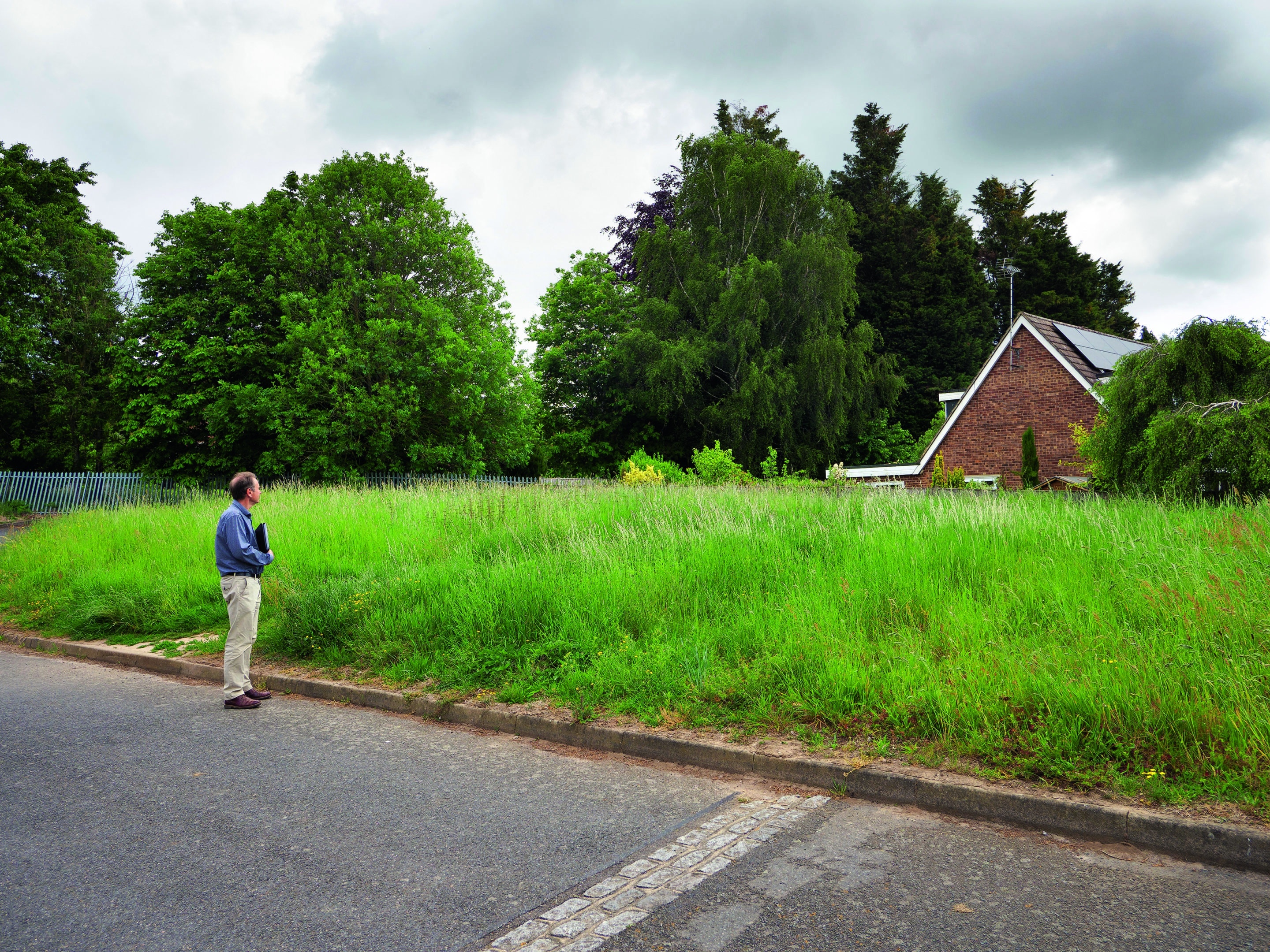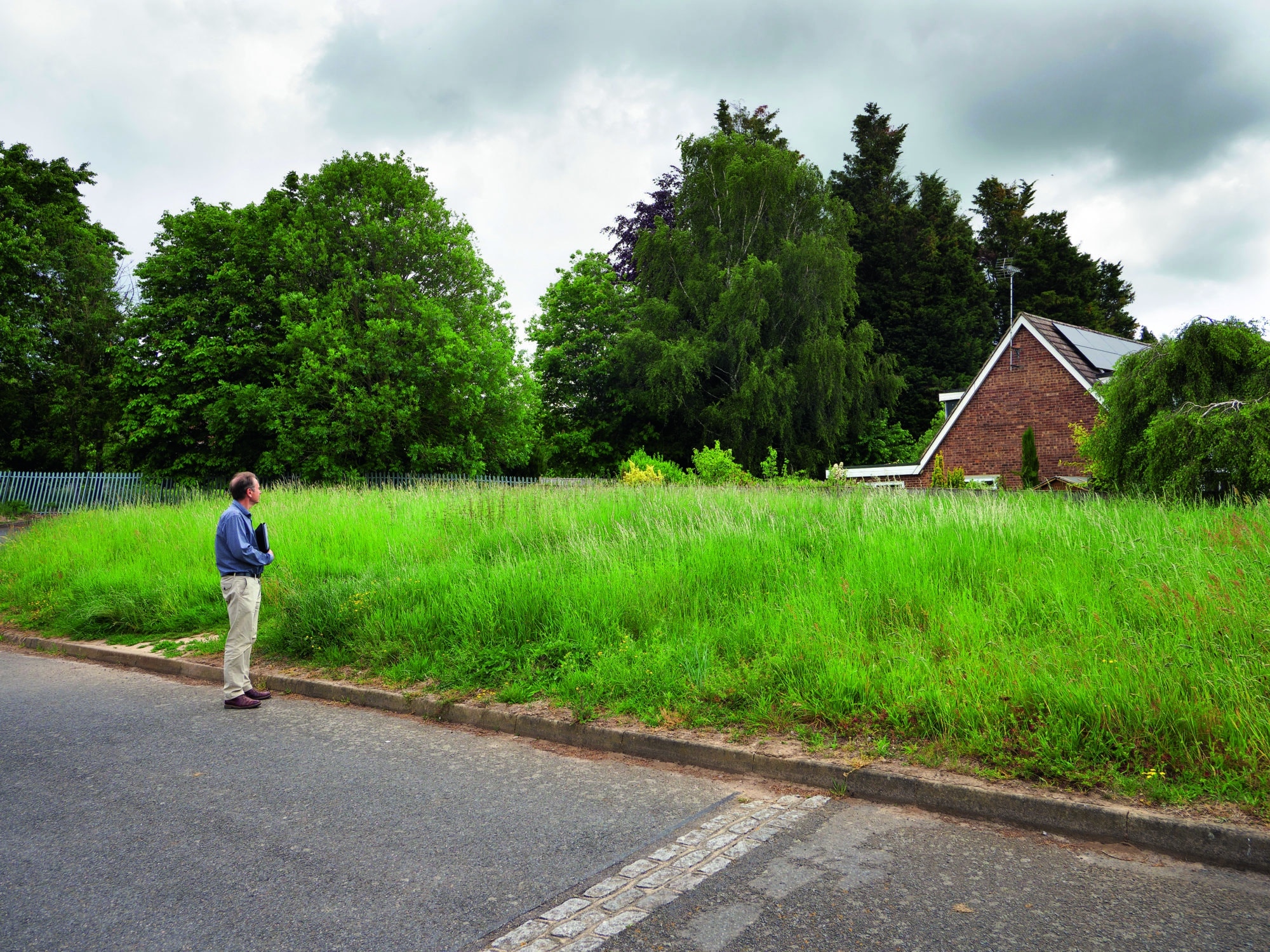What Is Permission in Principle?
The British government is on something of a mission to shake up the planning status quo and try to enable delivery of more, better-quality homes. One initiative that’s gone somewhat under the radar is permission in principle (PIP). This is an alternative route to securing planning consent in England that exists alongside the well-established detailed and outline planning approval procedures.
PIP was introduced in 2018 but doesn’t seem to have seen much take-up since. In some situations, however, it can offer advantages for self builders over the more established routes to planning. So, what exactly is permission in principle, how does it work and when might it make sense for your project?
The basics of permission in principle?
The permission in principle regime applies primarily to housing schemes of nine or less units, so it’s directly applicable to one-off projects and smaller multi-unit self or custom build schemes. It was introduced by the government as a way to encourage self build and the SME (small to medium enterprise) builder market.
PIP consists of a two-step process.
- Stage 1 establishes whether a site is suitable, in principle, for some form of housing development.
- Stage 2 follows on and is known as the technical details phase.
Approval of both Stages 1 and 2 amounts to gaining detailed planning permission. A site can also achieve PIP via inclusion on the council’s register of brownfield land for development. This is aimed at somewhat larger sites than the average self build plot, so we won’t go into the intricacies of that route.
Stage 1: Permission in principle applications
Unlike an outline planning application, the matters that a council is able to consider within a Stage 1 application are limited to the location, land use and the amount of development. The scope of these matters isn’t defined in any detail in the legislation or guidance, so interpretation is likely to vary from council to council. No doubt, in time, a body of appeal and possibly court decisions will help define these things more precisely.
Applications can’t yet be made online through the Planning Portal, but the necessary forms can be downloaded there. You can include a supporting statement with your forms and must submit a location plan showing where the site is. You don’t need a site layout, any detailed floor plans or elevations at this first stage.
Learn more: Planning Permission – The Must Do List
The fee for a Stage 1 PIP application is currently set at £402 for each 0.1 hectare of land, so it’s
a little less than the £472 per 0.1 hectare payable for an outline planning application. Crucially, the council is supposed to issue its decision within a five-week period, as opposed to the eight weeks afforded to other applications.
Another helpful difference compared to other forms of planning is that conditions can’t be attached to a Stage 1 permission in principle. That said, councils can indicate what sort of development they’d expect to see when the Stage 2 submission is made.
If refused, PIP can be appealed in the same way as other forms of application. It’s important to note, though, that a Stage 1 PIP doesn’t represent planning permission; this is only gained after Stage 2 is passed.
Stage 2: Technical details
This takes in all the elements that inform a detailed planning application. So things like neighbour amenity, local character, trees, highway safety and so on. So, this stage is similar to an application for reserved matters (RM) following the granting of outline permission. The application fee is the same as RM (£462 per dwelling) but the period for determination is shorter (five weeks again, as opposed to the usual eight weeks).
When technical details are approved, the council can apply conditions as they would with any other planning permission. Refusal of technical details, non-determination (failure to issue a decision) or the imposition of conditions can all be appealed, should you wish.
Why should you apply for PIP?
The big advantage is that you can formally determine whether your site is considered suitable for a new house, without incurring excessive cost. Even an outline planning application might require tree, ecological, flood, heritage and other types of reports. So PIP avoids this kind of risky outlay early doors.
You could of course seek pre-application advice from the council instead, but this is always informal guidance and therefore doesn’t carry the same degree of certainty as PIP. Pre-app could also take longer to get a decision and would also incur a fee. The cost of this varies from council to council. So, if there is real uncertainty over whether a site might be suitable for a new house, PIP provides a relatively inexpensive route to determining the council’s attitude.
When to apply for PIP (and when not to)
There are numerous situations where you might go for a PIP application. For instance: where your plot is outside a development boundary prescribed in a Local or Neighbourhood Plan; where the council doesn’t have an up-to-date Local Plan; or where there’s a housing land supply shortfall.
In addition, some councils have policies that allow infilling of dispersed settlements or the creation of housing around the boundary edges. This may be the case where development or settlement boundaries aren’t set in stone. In all these situations, it can be difficult to judge whether a local authority would support construction of a new house.
If you’re looking to buy such a piece of land, a PIP application would be a relatively quick way to get an indication from the council that they’d approve a new house.
Do bear in mind, though, that just because a plot has Stage 1 PIP, it doesn’t automatically follow that Stage 2 technical details consent will be given. Before making any Stage 1 PIP application, think about the details and whether, realistically, a house could be successfully built on the plot without causing the sort of harm that might lead to refusal of Stage 2.

If you’re looking to infill or create a new house at the edge of a settlement, permission in principle could be a quick and cost-effective route to establishing whether you’re likely to gain consent
For instance, does the site include significant trees that the council wouldn’t want to see felled? Perhaps a new house would badly overshadow a neighbour or effect a listed building? Or does the site have challenging highway safety issues? There’s no point in paying for Stage 1 PIP if these sorts of practical issues mean it’s clearly unlikely a house would ever be permitted.
Equally, if a plot is within a defined settlement boundary where new housing is already allowed in principle, making a PIP application would be unnecessary. In those circumstances, you’d be better off going straight to a detailed planning application, possibly via a pre-app to get the council’s feedback on your preferred design.
PIP in practice
Permission in principle has already been around for some two-and-a-half years. So I was surprised, last summer, to be informed that a PIP application I made to my local council in South East England was the first they had received. An architect friend made similar comments after making PIP applications in Surrey and some London Boroughs last year.
This is anecdotal evidence, of course, but it does point to a very low take-up of the procedure. This can have unexpected consequences when you make an application, such as the council not recognising the correct application fee or asking for more information than is actually required for a PIP application.
It can also lead to the council taking into account a wider range of considerations than they are entitled to for a Stage 1 PIP. For example, I’m currently awaiting the outcome of an appeal against a council’s refusal of a PIP application. The reasons given for refusal were concerned with the likely impact of a new dwelling on neighbour amenity and on the character of the street. Neither of these are matters that should have been considered at the PIP stage. It will be interesting to see what the appeal inspector thinks of the council’s approach.


































































































 Login/register to save Article for later
Login/register to save Article for later













